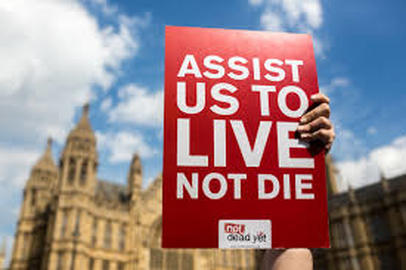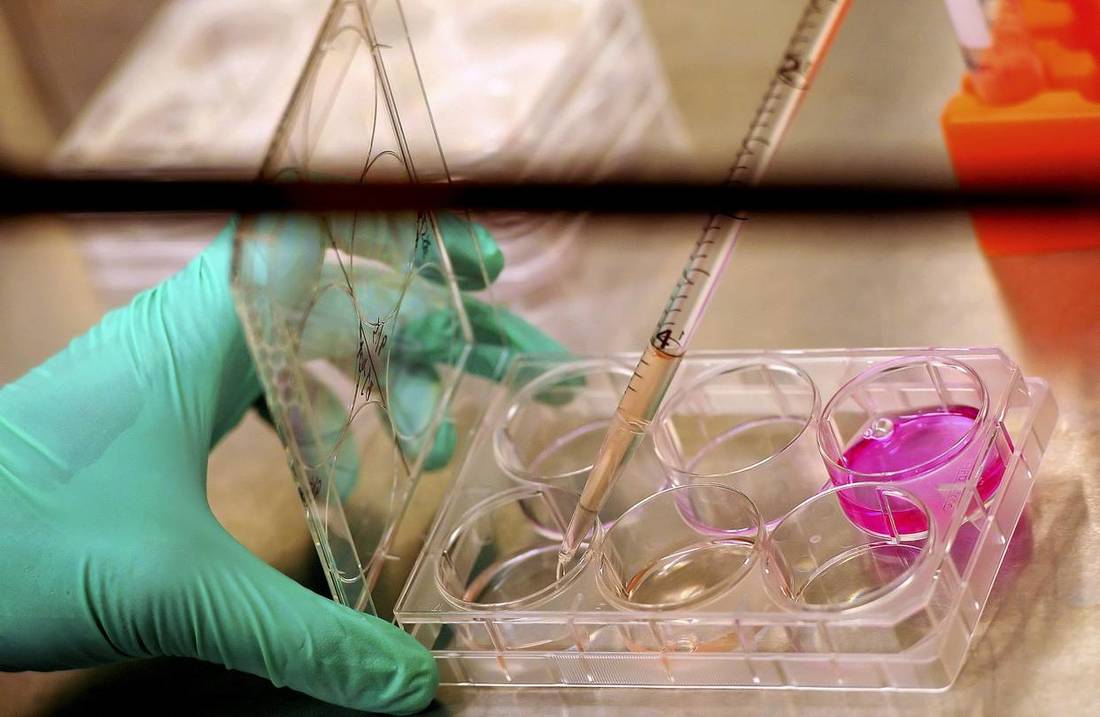Human Development
EuthanasiaEuthanasia is the purposeful killing by act or omission of a dependent human being for his/her alleged benefit. Euthanasia has been advocated for certain classes of human beings, including the handicapped young, the mentally impaired, the terminally ill and the comatose. The inevitable result of this trend will be to escalate from killing for the alleged benefit of an individual to killing for the convenience of others.
Euthanasia violates the principle that each human being has intrinsic dignity and value, regardless of age, physical or mental condition, or state of dependency. Euthanasia seeks to improve the quality of life not by compassionate acts of care and assistance, but by exterminating those who fall below an arbitrary standard. Killing is never a proper expression of compassion. Fetal ExperimentationHuman beings, no matter how small, weak, or dependent, possess inherent dignity and intrinsic worth by virtue of their humanity. Thus the intentional harm or destruction of a human being for the supposed benefit of another human being is wrong.
This bedrock principle of traditional medical ethics was famously violated throughout the 20th century. Witness the gruesome "research" conducted on Jews and prisoners-of-war by the Nazis at Auschwitz and Dachau, the syphilis experiments performed on uninformed African Americans at the Tuskegee Institute in Alabama, and the intentional exposure of unwitting American servicemen to radiation during the 1940's. As Prof. James Burtchaell observed, the history of these experiments "shows well that when scientists and therapists set out to exploit one group to benefit another, it is invariably the disadvantaged who suffer for the powerful." The same kind of reckless disregard for the intrinsic dignity of human life has characterized the practice of conducting experimentation on pre-born children. This experimentation takes two different but closely related forms: 1) Fetal Tissue Transplants: The transplant of tissue from dead unborn babies who have been aborted or live unborn babies who are about to be aborted into individuals who have incurable conditions or diseases. 2) Live Human Embryo Research & Embryonic Stem Cell Research: The creation or use of human life in the laboratory for harmful tests that involve destroying or discarding the live human embryo. Of all human beings, pre-born human life is most vulnerable to abuse and exploitation. While Ohio Right to Life welcomes legitimate medical advances to alleviate suffering and cure disease, those advances must never result from the intentional death and destruction of unborn human beings. The foundation for this baseline principle of medical ethics comes from the Hippocratic Oath. taken from the Ohio Right to Life website. InfanticideInfanticide is the direct killing - by action or neglect - of a newborn baby. It is usually committed when the child has some mental or physical challenge. Infanticide is a direct result of abortion-on-demand's cheapening of human life.
|
Abortion TechniquesEarly Abortion
Designed to be used as soon as a pregnancy can be chemically detected. After widening the cervix the abortionist inserts into the uterus a long flexible suction tube which is attached to a vacuum syringe. Using ultrasound, the abortionist locates the tiny human embryo in the womb and applies suction to tear the developing baby from the uterine wall. Suction Aspiration/Vacuum Curettage A powerful suction tube with a sharp cutting edge is inserted into the womb through the dilated cervix. The suction dismembers the body of the developing baby and tears the placenta from the wall of the uterus, sucking the contents into a collection bottle. Dilation and Curettage (D&C): Here, the cervix is dilated or stretched to permit the insertion of a loop shaped steel knife. The body of the baby is cut into pieces and removed and the placenta is scraped off the uterine wall. RU 486: The RU 486 procedure requires at least 3 trips to the abortion facility. In her first visit, the woman is given the RU486 pills, which block the action of progesterone, the natural hormone vital to maintaining the rich nutrient lining of the uterus. The developing baby starves as the nutrient lining disintegrates. A second visit is made 36 to 48 hours later, and the woman is given a dose of artificial prostaglandins, usually misoprostol, which initiates uterine contractions to expel the body of the embryonic baby. A third visit about 2 weeks later determines if the abortion has taken place. At least 4% must return for surgical abortions. Methotrexate: Another multi-visit procedure. In the first visit a woman receives an intramuscular injection of methotrexate, a powerful drug anti-metabolite which is often used to fight cancer. Methotrexate attacks the fast growing cells of the trophoblast, the tissue surrounding the embryo that eventually gives rise to the placenta. As the trophoblast breaks down, the baby dies as she is deprived of needed food, oxygen and fluids. A prostaglandin vaginal suppository given three to seven days later triggers the expulsion of the child from the woman’s uterus. Sometimes this occurs within the next few hours but often a second dose of the prostaglandin is required. Those shown to still be pregnant in later visits (at least 1 in 25 women) are given surgical abortions. Dilation and Evacuation (D&E): Forceps with sharp metal jaws are used to grasp parts of the developing baby, which are then twisted and torn away. This continues until the child’s entire body is removed from the womb. Because the baby’s skull has often hardened to bone by this time, the skull must sometimes be compressed or crushed to facilitate removal. Instillation Methods: After fluid is withdrawn, chemicals are injected into the amniotic sac to kill the baby and initiate contractions. Saline poisons the child and burns the baby’s skin. Other methods such as urea and prostaglandins mainly work by initiating violent contractions, but are generally less effective than saline. Sometimes chemicals such as potassium chloride or digoxin are injected directly into the baby’s heart, triggering cardiac arrest. Partial-Birth Abortion: Used in the fifth and sixth months of pregnancy and sometimes later. Guided by ultrasound, the abortionist reaches into the uterus, grabs the unborn baby’s leg with forceps and pulls the baby into the birth canal, except for the head, which is deliberately kept just inside the womb (at this point in the abortion the baby is alive). Then the abortionist punctures the base of the baby’s skull with a long surgical scissors or another instrument. He enlarges the wound and inserts a catheter (tube), which is connected to a powerful suction machine that sucks the baby’s brains out. The abortionist then withdraws the now-collapsed skull from the uterus. Hysterotomy: Similar to the Ceasarean Section, this method is generally used if chemical methods such as salt poisoning or prostaglandins fail. Incisions are made in the abdomen, and the uterus, the baby, placenta, and amniotic sac are removed. data from the National Right to Life Committee www.nrlc.org |





